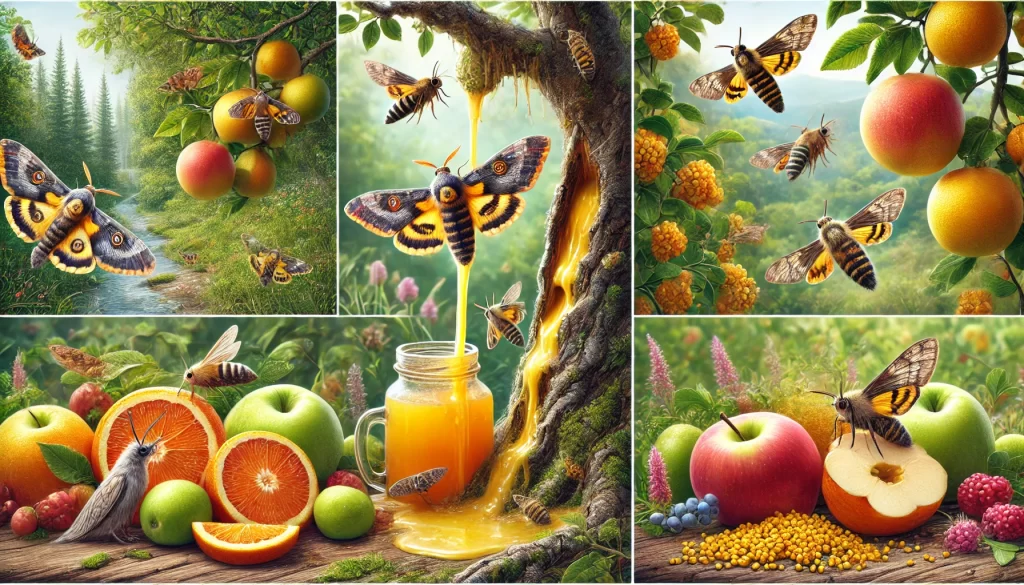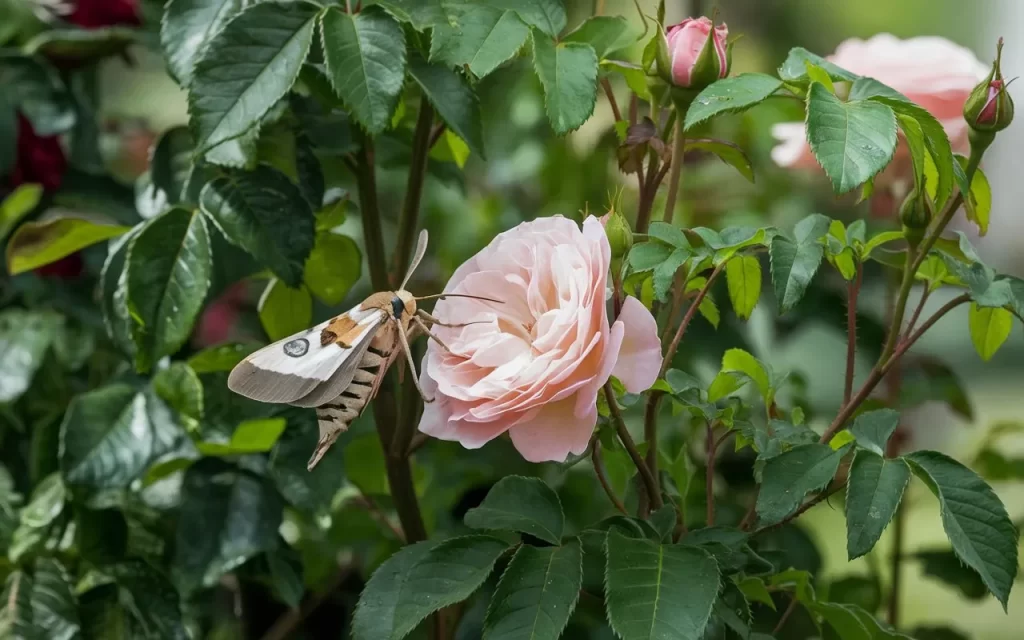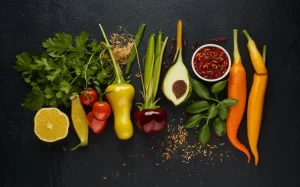Table of Contents
Understanding What is the Source of Most Food Energy for Moths.
Have you ever wondered what is the source of most food energy for moth? These microscopic organisms, which are frequently disregarded, are vital to our ecology. Understanding what fuels them is key to appreciating their existence and the delicate balance of nature. In this article, we will dive deep into the main source of food energy for moths, unraveling the mysteries that keep these insects thriving.
The Importance of Food Energy for Moths
Moths, like all living organisms, need energy to survive. Food energy is crucial for their movement, growth, reproduction, and daily activities. Without the right source of energy, moths would not be able to perform these essential functions, leading to a decline in their population. But what is the source of most food energy for moth? This question leads us to explore the primary food sources that sustain them.
What is the Source of Most Food Energy for Moths?
The primary source of food energy for most moths is nectar. Moths are attracted to flowers, especially those that bloom at night. They use their long proboscis to extract nectar from these flowers, which provides them with the essential sugars and nutrients they need. Nectar is rich in carbohydrates, which are quickly converted into energy, fueling their nocturnal activities.
The Role of Sugars in Nectar
Nectar is composed mainly of sugars like sucrose, glucose, and fructose. These sugars are easily digestible and quickly absorbed into the moth’s system, providing a rapid energy boost. This energy is vital for their flight, mating rituals, and finding more food sources. Without nectar, moths would struggle to find a sustainable source of energy.
Alternative Food Sources for Moths
While nectar is the primary food source for many moths, it’s not the only one. Some species of moths have adapted to different diets based on their environment and specific needs.
Fruit and Tree Sap
In addition to nectar, some moths feed on the juices of overripe fruits or the sap of trees. These sources also provide sugars, though in a more concentrated form. These sugars serve as a significant source of energy, especially in environments where flowers are scarce.
Pollen: A Protein-Rich Supplement
Certain moth species consume pollen, which offers not just energy but also protein. This protein is crucial for egg production in female moths. While pollen is not a primary energy source, it complements their diet, ensuring they receive a well-rounded nutritional intake.

What is the Source of Most Food Energy for Moths? How Moths Find Their Food Sources
Moths have highly developed senses that help them locate their food sources. They are especially sensitive to scents, which they use to find nectar-rich flowers, ripe fruits, or tree sap.
The Role of Scents and Colors
Moths are primarily nocturnal, so they rely more on their sense of smell than sight. They can detect the scent of a flower from a considerable distance, guiding them to their food source. Some flowers even emit stronger scents at night, specifically to attract moths.
Environmental Adaptations
Depending on where they live, moths may adapt their feeding habits. In arid regions, where flowers are less abundant, moths might rely more on fruit or sap. In lush, tropical areas, they have a variety of nectar sources to choose from. This adaptability ensures that moths can thrive in various environments.
The Impact of Moths on the Ecosystem
Moths are not just passive consumers of energy; they play a vital role in the ecosystem. As they feed on nectar, they inadvertently pollinate the flowers they visit. This process is essential for the reproduction of many plant species.
Moths as Pollinators
While bees are more commonly known for pollination, moths also contribute significantly, especially to plants that bloom at night. Their role as pollinators helps maintain biodiversity and supports the health of ecosystems.
Also Read: Guatemala Traditional Food: Discover Flavors That Will Amaze
The Future of Moth Populations

Understanding what is the source of most food energy for moths is crucial for conservation efforts. As human activities impact natural habitats, the availability of food sources for moths may decline. Protecting these food sources, such as nectar-rich flowers and natural habitats, is essential for maintaining healthy moth populations.
Conservation Efforts and Their Importance
Conservationists are working to protect natural habitats and ensure that moths have access to their primary food sources. Planting native flowers that bloom at night and reducing pesticide use are just a few ways to support moth populations.
Wrapping Up What is the Source of most Food Energy for Moths
What is the source of most food energy for moth? The answer lies primarily in nectar, which provides the essential sugars they need to survive. However, moths are adaptable creatures that can find alternative food sources when necessary. By understanding and protecting these food sources, we can help ensure the survival of these fascinating insects and the vital roles they play in our world.





